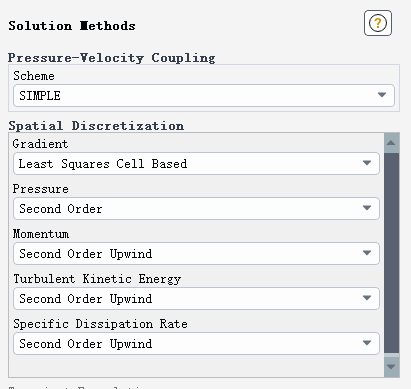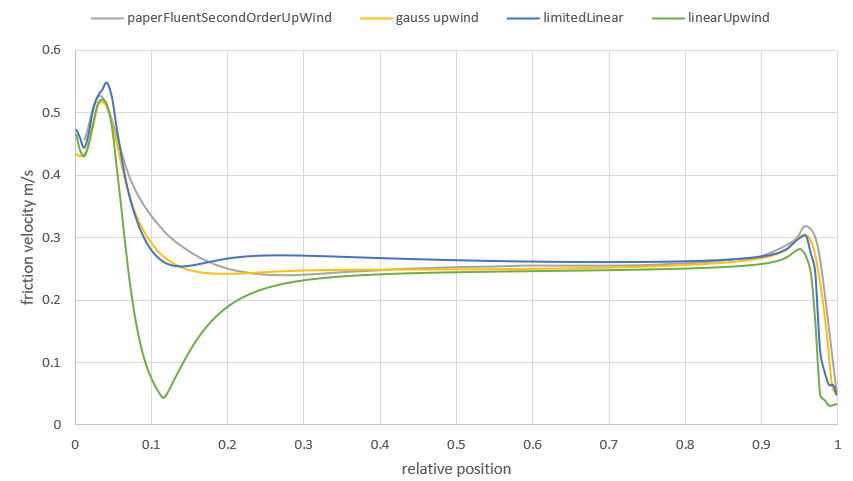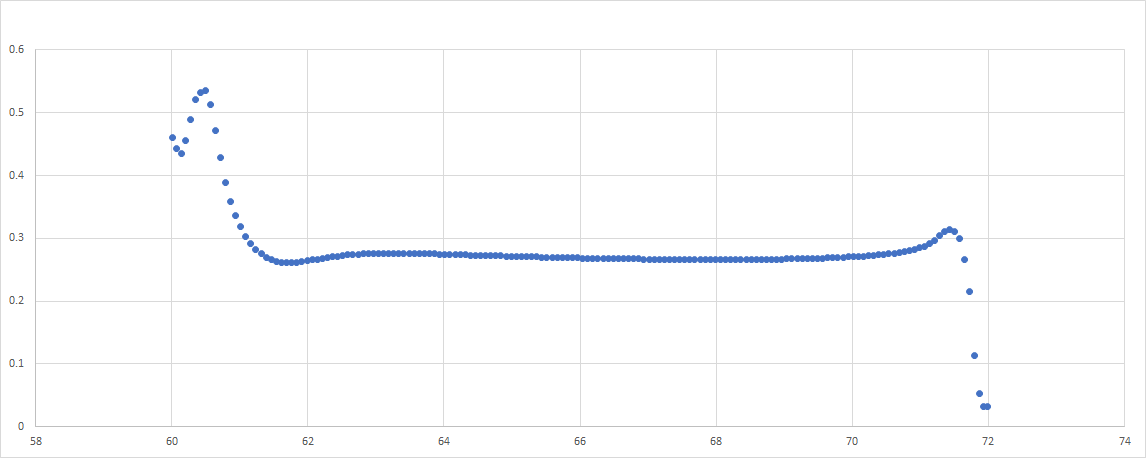gauss upwind和gauss linearUpwind grad(U)结果差异大
-
在计算建筑物外流场时,使用的是simpleFoam稳态求解器,我首先使用了gauss upwind作为div项的离散格式,因为我发现这个格式计算的快一些。
在计算稳定后,提取了屋面的摩擦速度,(此时计算已经稳定了),然后我把gauss upwind格式改为gauss linearUpwind grad(U),其他设置不动,接着这个时间步进行往下计算,算了一段时间后,再提取屋面摩擦速度,发现gauss linearUpwind grad(U)的摩擦速度特别怪异,请大家帮忙分析一下原因。。
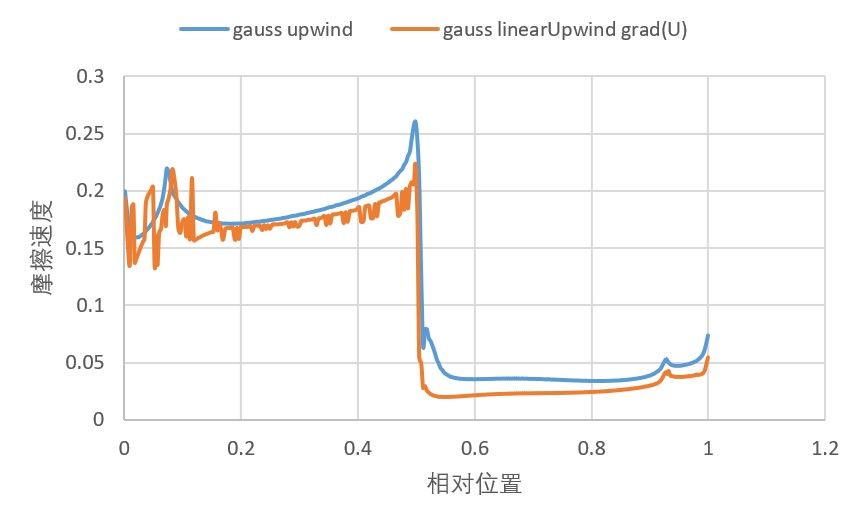
麻烦点在于,我看论文一般都用的二阶格式,但是我的这个二阶格式算出来太怪异了,效果还有没有一阶的gauss upwind好,论文里不敢说自己用的一阶的格式。。 -
@xpqiu
fvSchemes:ddtSchemes { default steadyState; } gradSchemes { default Gauss linear; grad(U) cellLimited leastSquares 1;//还用了cellLimited gauss linear和gauss linear grad(k) cellLimited leastSquares 1; grad(epsilon) cellLimited leastSquares 1; } divSchemes { default none; div(phi,U) Gauss limitedLinear 1;//还用了gauss upwind, gauss linearUpwind grad(U), bounded Gauss linearUpwind grad(U), 发现就gauss upwind和计算结果最吻合,gauss limitedLinear 1吻合的还行,其他的就完全有问题了。。 div(phi,k) bounded Gauss linearUpwind limited;//k和epsilon换了几个格式,发现影响不大 div(phi,epsilon) bounded Gauss linearUpwind limited; div((nuEff*dev2(T(grad(U))))) Gauss linear; } laplacianSchemes { default Gauss linear corrected; } interpolationSchemes { default linear; } snGradSchemes { default corrected; } wallDist { method meshWave; }fvSolution:
solvers { p { //solver PCG; //preconditioner DIC; solver GAMG; tolerance 1e-7; relTol 0.1; smoother DICGaussSeidel; } "(U|k|epsilon|omega)" { solver PBiCGStab; preconditioner DILU; //solver smoothSolver; //smoother symGaussSeidel; tolerance 1e-7; relTol 0.001; } } SIMPLE { nNonOrthogonalCorrectors 2; consistent yes; residualControl { p 1e-7; U 1e-7; "(k|epsilon|omega|f|v2)" 1e-7; } } /*relaxationFactors { equations { U 0.9; ".*" 0.8; } }*/ relaxationFactors { fields { p 0.3; } equations { U 0.7; "(k|omega|epsilon).*" 0.7; } }我换了另一个小模型,算的快一些,结果如下(红线的数据不见了,但我记得形状):
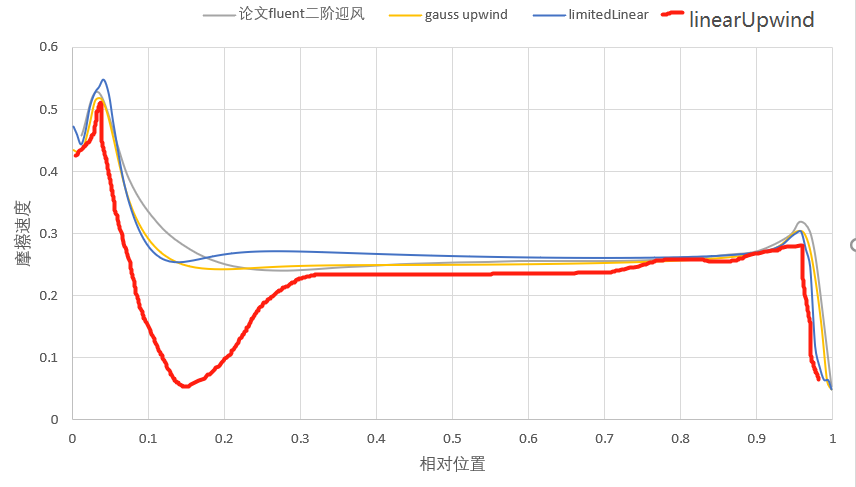
-
@Samuel-Tu
你这个算例设置得不太合理的地方有好几个,我没有一个一个去考察每个因素的影响,只是直接改成了我认为合理的设置。我把我改过的文件打包了,如下:
OFPlate0.zip另外,你的网格也不太好
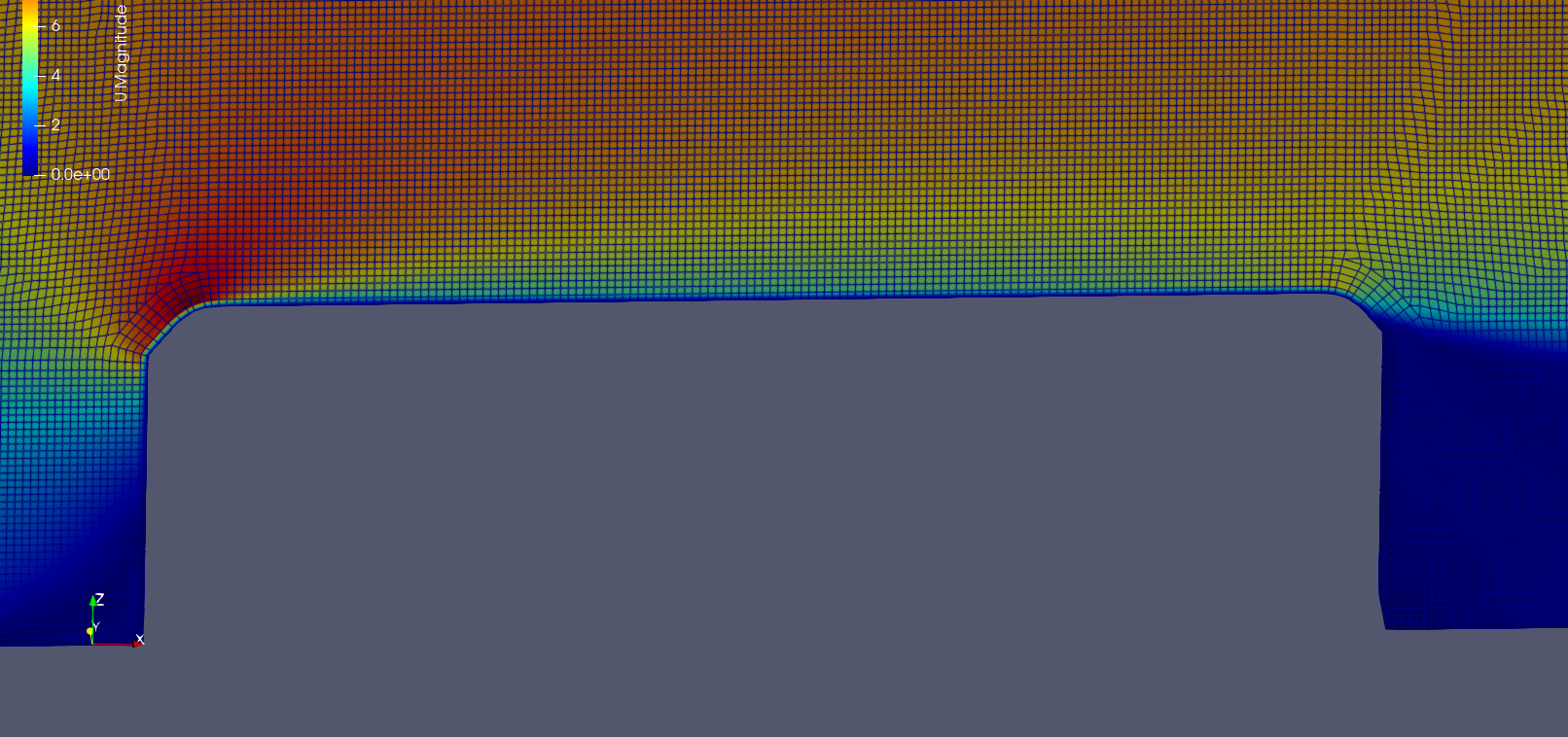
这个网格咋一看,直觉就是边界层附近网格太粗了,看了一下最后一步的 yPlus分布,只看 roof 这个面,
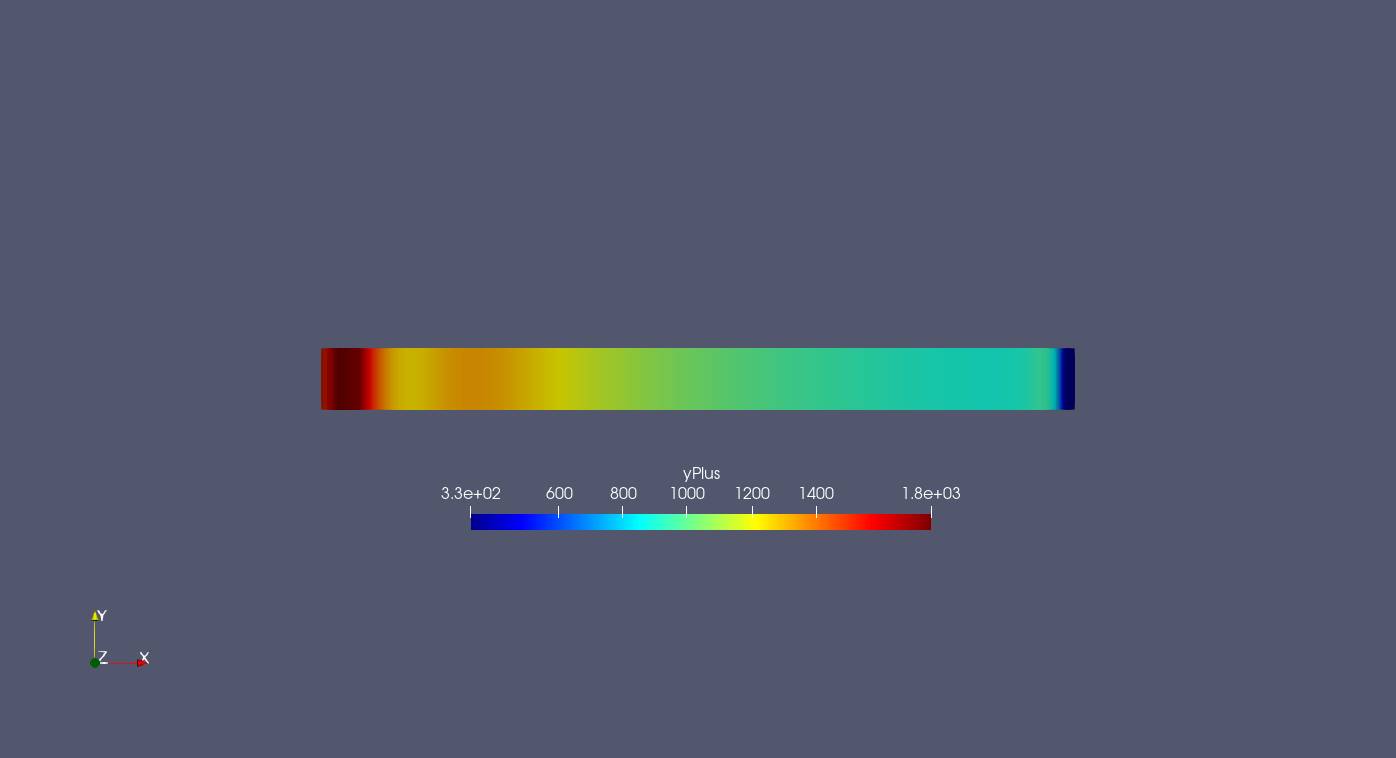
果然,最小都300 多了。你用的湍流模型是 rke,这个是合理的选择,但是这个模型最好把 yPlus 控制在 30-100 范围内。
最后,我把我这边 gauss upwind 和 gauss linearUpwind 的结果对比放上来,
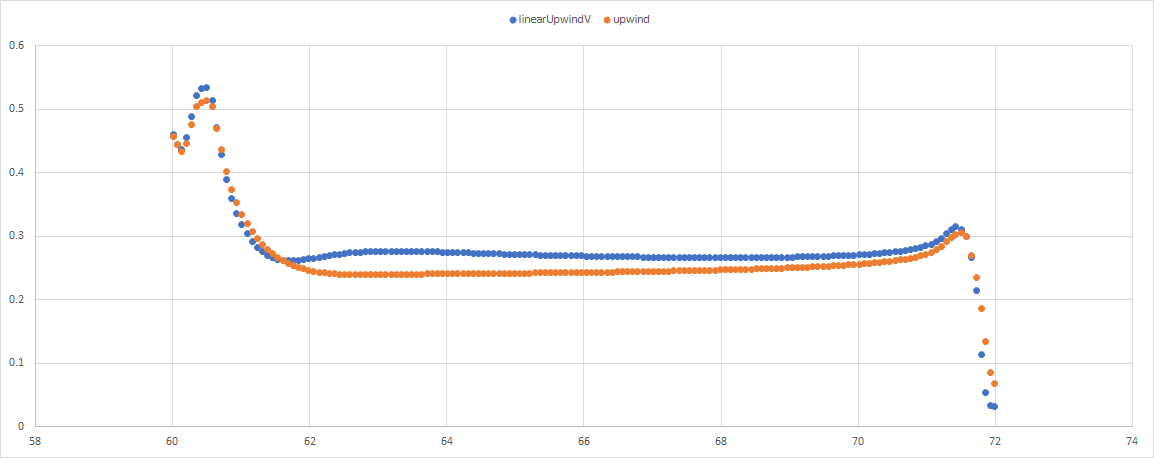
虽然看起来可能还是 upwind 的结果在中间这一段跟文献的更接近,但是左边这一段实际上这两个结果都与文献值有明显的偏差。我觉得你还是先把网格改得合理之后再算算看,应该会有改进的。

